|
Getting your Trinity Audio player ready...
|
OWN VOICE. ~ InPerspective by Gregg Dieguez —
Footnotes: to use, click the bracketed number and then click your browser Back button to return to the text where you were reading.
Images: Click to enlarge for improved readability in a new window.
It appears that our MidCoast wildfire risks are not being abated, and that we are working on the wrong problem the wrong way. I say this after examining County Parks’ plans for Quarry Park, the work GGNRA has done in Rancho Corral de Tierra, the absence of eucalyptus removal [like everywhere] and information presented at a session on AB1255 yesterday. [1] Two things are becoming clearer regarding wildfires.
First, the most damaging fires derive from WIND, not ground fuel excess. Per this study, traditional/conventional approaches (e.g. fuel reduction) and fire fighting equipment don’t work. 90% of wildfire damage is done in only 10% of fires – the wind-driven ones… Note the immense difference in damage shown on Table 1 of that study (chart below).[2]
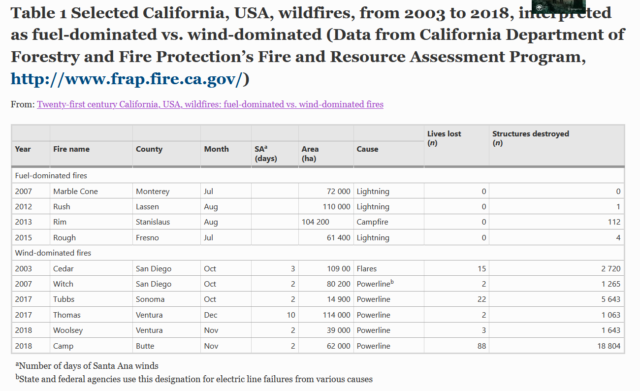
Note also the cause of most wind-driven fires: Power Lines. Which is exactly what El Granada faces, with power lines crossing the road 35 times next to a time bomb of a eucalyptus park.
Yet the work proposed by County Parks over the next 5 years is ground-bound and not removing eucalyptus. As we discussed last week, the amounts being spent are both: a) on the wrong things, and b) too little, representing only 0.4% annually of the estimated spend to replant Quarry Park with safer, native species.
The County raises about $85 million Measure K funds annually from the sales tax extension, and there are many valid needs. Homelessness is one of them, and the County has spent $50 million for two hotels in Redwood City with 169 rooms and $8 million for a 52 room hotel in HMB. Yet the devastation of over 2,000+ houses in El Granada, which could occur from a wind-driven crown fire in El Granada, can’t get funding for eucalyptus removal? In fact, the revenue/cost comparison is even worse: $58 million for 221 rooms sounds like a bad deal compared to $60 million to preserve 2,000 multi-bedroom homes. Of course funding for those hotel purchases came from the CARES act, so one could argue the purchase price is “free money”. But consider further that the cost of those hotels is Infinite, because they will require ongoing operating and maintenance costs, as well as perpetual asset replenishment as they age. In contrast, a properly done re-forestation of Quarry Park would be PERMANENT – well, at least as long-lived as the 150 years the eucalyptus have lasted. And preventing a wildfire is another approach to homelessness prevention, so why couldn’t that use Measure K funds?
Some will argue that the probability of such a wildfire is small, but consider two other factors:
a) In any given year the fire probability may be small, but just as with earthquakes, the compound probability over decades mounts up to a certainty.
b) Those homes are paying TAXES, a tax base of over $2 billion, and those hotels are draining money.
Note that MidCoast tax payments go totally to the County and are not diluted by payments to cities and towns. There are moral issues at play, certainly, but one advantage of gentrification is that it pays for itself, and gives the County funds with which to address other priorities.
The second emerging clarity is that fire prevention is far more effective than fire suppression. Put another way: Money spent on fire suppression is money not spent on PREVENTION, which is far cheaper:
All this money spent on suppression means less money for prevention efforts, which is key to addressing the problem of wildfire losses,” – Michele Steinberg, director of the Wildfire Division at NFPA. [3]
Fire trucks can’t get close to those wind-driven firenadoes, and air drops are less effective in the dark, if the aircraft can even get close to the fire given the thermals. Removing the fuels is thus part of the correct strategy, but which fuels? In the case of eucalyptus, I submit the upright trees should be the targets, because ground fires can be defended much better. But there’s another fuel to be removed and prevented from accumulating: homes.
You may recall that in Paradise, “the homes were the fuel”. Look at this picture from the Paradise fire. The green trees (not eucalyptus) survived while the homes were wiped out.
Yet our County continues to approve construction of additional ADU’s and dense affordable housing complexes like Big Wave and Cypress Point, which decrease defensible space between residences and increase the likelihood that wildfires cannot be suppressed.
There are two many quotes in too many papers to cover them all here, but here are some examples of the recommendations: “limiting or even eliminating development in high-risk wildfire areas and requiring fire-resistant materials and landscapes where development is allowed. “[4]
Zoning commissions and planning boards have got to stop building subdivisions in landscapes they know from the get-go are high-severity fire zones,” Miller* said. “If we could get them to do that, we’d have the most effective mitigation strategy, which is not to put people in the way.”
So the County has to consider, how many more people and tax-paying properties can it continue to cram into the Wildland-Urban Interface (WUI) before it risks the loss of lives and tax revenues, and the attendant lawsuits due to irresponsible management?
Take a deep breath for perspective and consider this: San Diego completed a eucalyptus removal program in 2015, after 12 years. So, today, we are 18 years behind them, and we still haven’t started. This is your government in in-action.
But wait, there’s more….
Other problems:
1. Permitting – the County has a burdensome and costly permitting process for removing eucalyptus. The County should be giving a BOUNTY to residents who remove those trees from their properties. Pacifica and Half Moon Bay have no barriers to removing eucalyptus, nor do adjacent counties. People can argue about eucalyptus sheltering certain species, but those are not NATIVE habitats – they are habitats of opportunity. And those species will be just as wiped out by a wildfire as humans, so keeping those trees makes no sense. There will be a hearing on April 14th at the Planning Commission regarding several El Granada residents’ request to remove a bunch of eucalyptus.[5] Watch closely and see what, if any, steps the Planning Department and Commission take to remove this deadly delay in fire safety.
2. Governance Gaps – There are a number of places where no one seems to be taking responsibility for eucalyptus removal and liability in case of tragedy. Further, it’s unclear who, if anyone, will ask for FEMA funds via the LHMP to address wildfire risks in these locations:
1. Eucalyptus on Caltrans lands on Hwy 1, north of the tunnel, in Frenchmen’s Creek, on Hwy 92, and in a right of way (ROW) extending from Pacifica to Moss Beach.
2. GGNRA lands, Rancho Corral – or are those eucalyptus stands on the CalTrans ROW?
3. The ‘park/open space’ land surrounding El Granada Blvd.
4. Eucalyptus medians in El Granada where County Public Works, GCSD, and residents appear to disagree on ownership & responsibility.
5. The lands beyond the locked gate on El Granada Blvd.: POST? Parks?
3. Locked gate prevents escape – It appears a wealthy homeowner atop El Granada has blocked an alternative wildfire evacuation route via a LOCKED GATE at the top of El Granada Blvd; originally locked to cars, and now suddenly walking access has been blocked. Residents are potentially trapped if lower El Granada Blvd is blocked. The left road past the locked gate leads to the Golden Gate National Reserve. There are no eucalyptus trees in this area, so depending on wind direction (from the east) this could be a safe evacuation route.
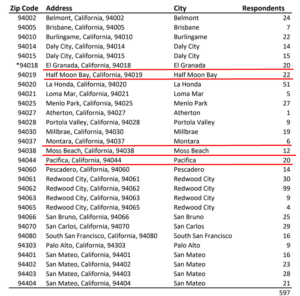
What Can You Do SOON?
First, write the MCC and the County with your issues. Second, Attend the MCC meeting on the 14th.[6] Third: Fill out the LHMP survey (click and do it now!). Insist that the MCC and the County develop an issues list and that every issue be assigned to an agency or department and publicly tracked for progress (or lack thereof). Working title: “All-inclusive Frontline Issues Repository for Emergencies” = AFIRE [We’re open to suggestions on the naming.]
Allow me to point out we are in a region with every possible natural disaster: tsunami, earthquake, lightning, sea level rise, and wildfire, yet under two dozen residents have filled out that survey in each of our neighborhoods?!?! If we want money for solutions, we have to punctuate the problem. Look at those paltry response numbers. DON’T MAKE ME COME AFTER YOU!
Speaking of punctuating the problem, Graham Wood of El Granada (email Graham Wood) is leading a group called the Wildfire Warriors. It started, just like a wildfire, in El Granada, but I suspect it will not STAY in El Granada, and you should join that group to repeatedly voice your concerns about policy, priorities, and (in)actions. We get the government we deserve, and this is your chance to deserve better.
FOOTNOTES:
[*] Char Miller
Char Miller, a professor of environmental analysis at Pomona College in California who has written widely on wildfire in the United States.
[1] AB 1255 Information
AB 1255, Wildfire Resilience and Risk Reduction by Assemblymember Bloom
- https://doi.org/10.1186/s42408-019-0041-0
- http://ca-fireworks.presskit247.com/content/content-article.asp?ArticleID=508
- https://californiachaparral.org/fire/dear-governor-newsom/
- https://nrm.dfg.ca.gov/FileHandler.ashx?DocumentID=184824&inline
- https://defensiblespace.org/
[2]
Of course, this study has 2018 data; I wonder how it looks after our 2020 fires…?
[3] Suppression vs. Prevention
https://nfpa.org/News-and-Research/Publications-and-media/NFPA-Journal/2020/November-December-2020/Features/Wildfire
[4] Stop “development”, which is really profiteering on population expansion:
https://nfpa.org/News-and-Research/Publications-and-media/NFPA-Journal/2020/November-December-2020/Features/Wildfire
[5]
Meeting of the Planning Commission on April 14th at 9am which is expected to address the eucalyptus permit issue:
https://planning.smcgov.org/events/planning-commission-hearing-5
[6] MCC meeting:
The MCC will hold a meeting on April 14th at 7pm to discuss wildfire issues. Zoom: https://us02web.zoom.us/j/83446082841?pwd=bUNqVnZaaGd4UjkwVm13TEVka1Avdz09
More From Gregg Dieguez ~ InPerspective
Mr. Dieguez is a native San Franciscan, longtime San Mateo County resident, and semi-retired entrepreneur who causes occasional controversy on the Coastside. He is a member of the MCC, but his opinions here are his own, and not those of the Council. In 2003 he co-founded MIT’s Clean Tech Program here in NorCal, which became MIT’s largest alumni speaker program. He lives in Montara. He loves a productive dialog in search of shared understanding.



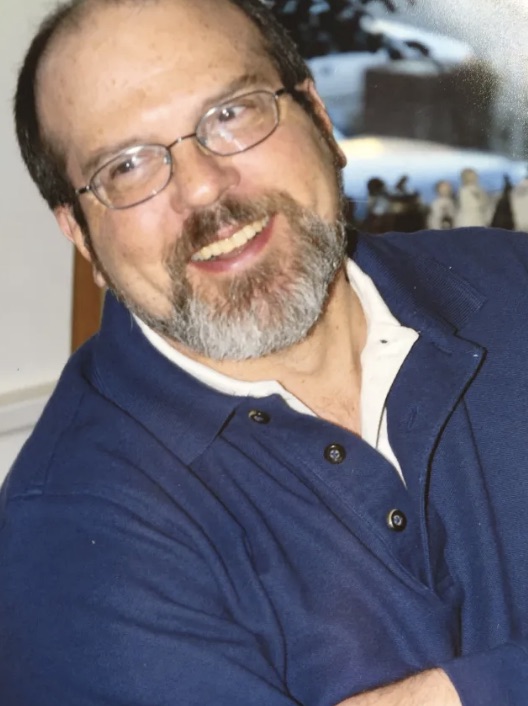
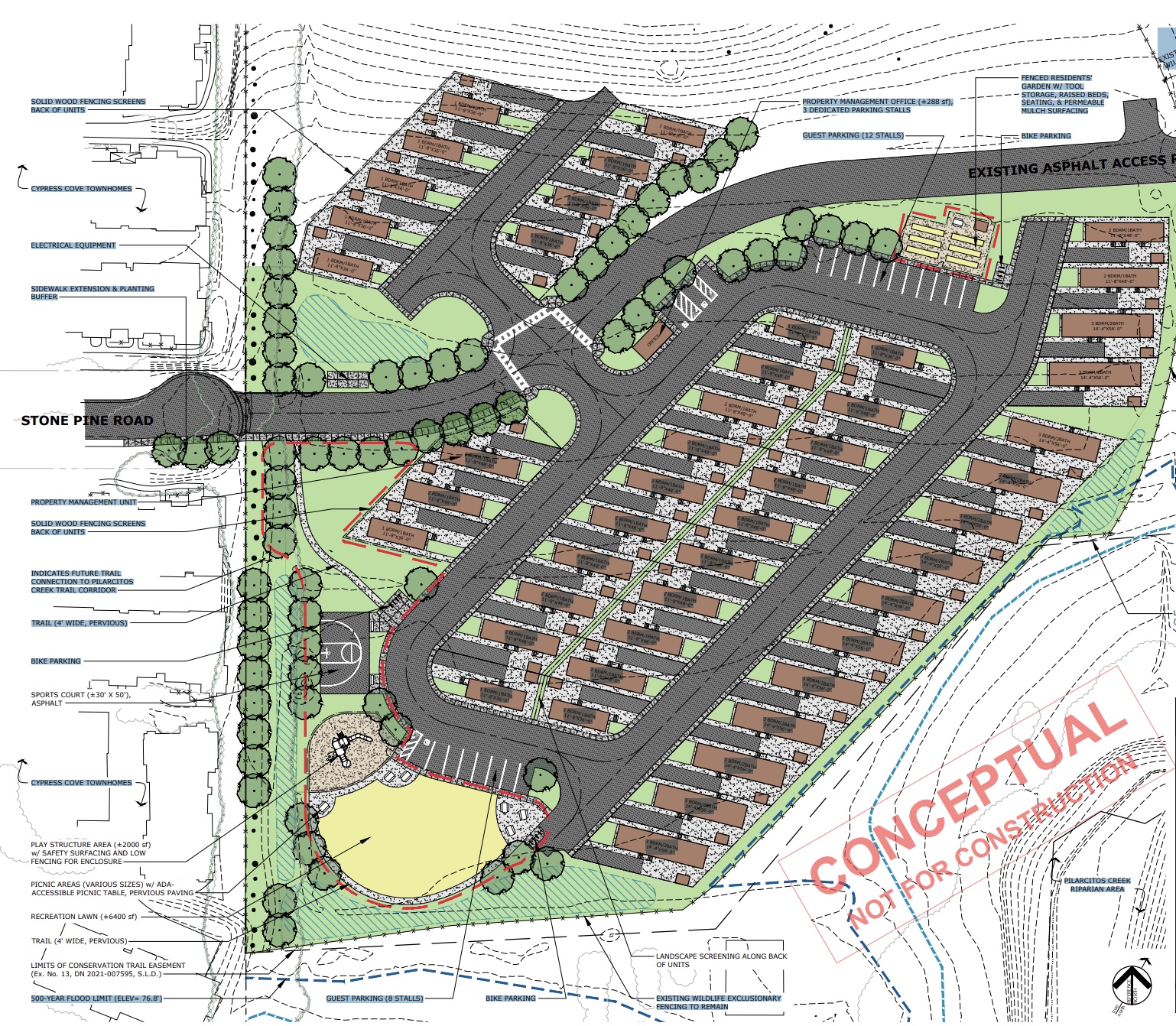
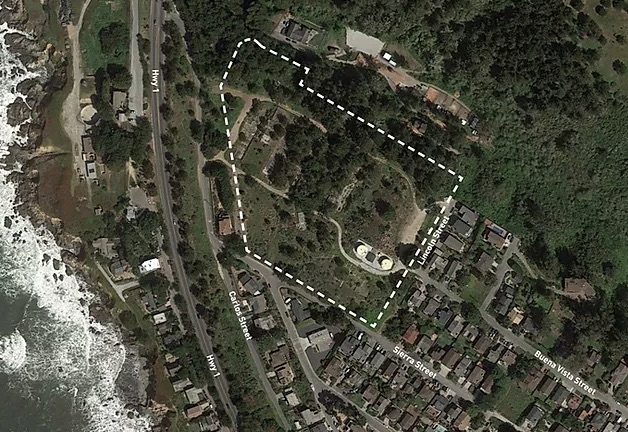
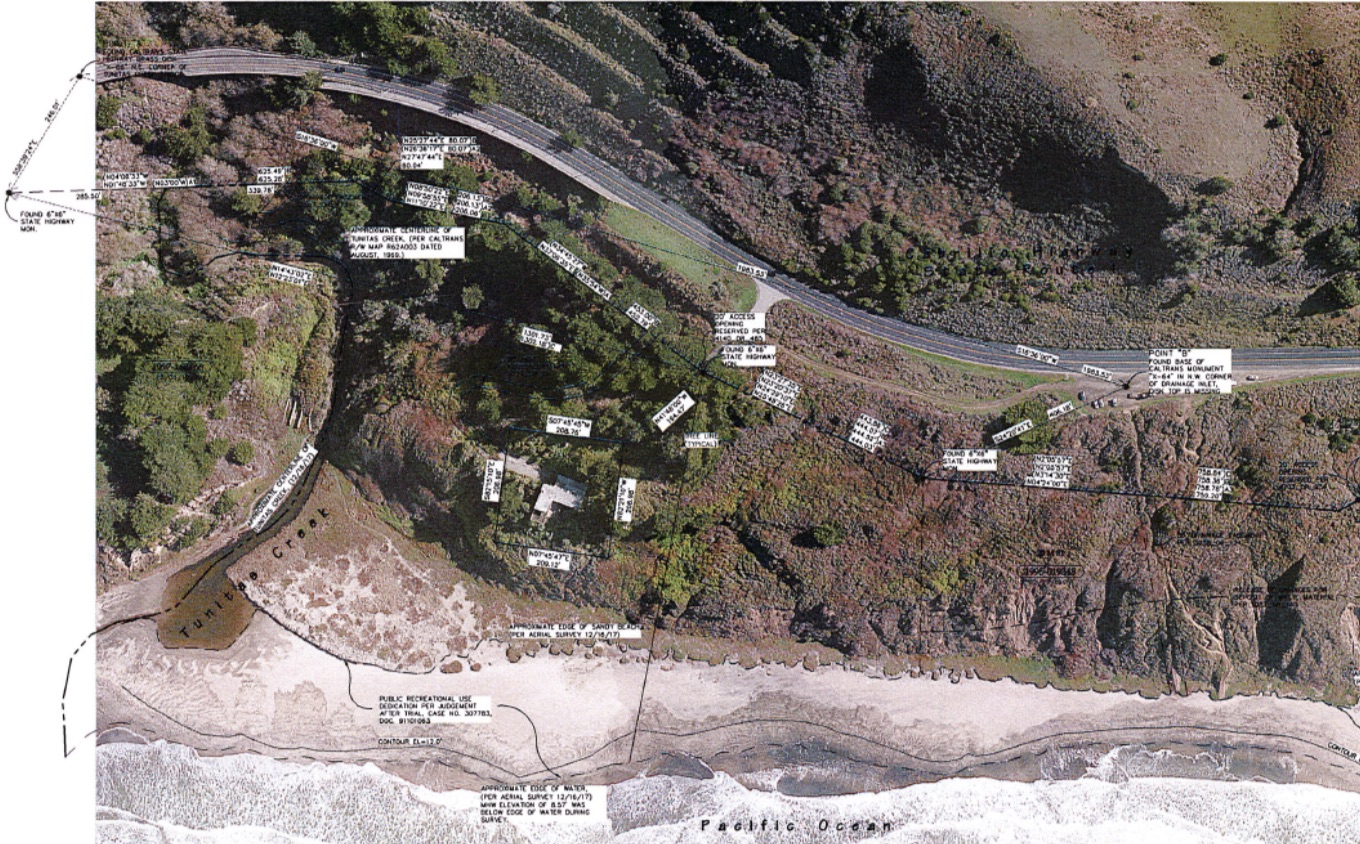
Gregg – very useful. I think you should clarify this statement:
“Eucalyptus medians in El Granada where County Public Works, GCSD, and residents appear to disagree on ownership & responsibility.”
it is very clear that GCSD has NO ownership or responsibility for the El Granada medians. Several years ago GCSD approached SMC about the possibility of developing recreation areas on the medians. Initially SMC claimed they couldn’t issue a use permit because they don’t own the medians, that they are an easement from adjacent home properties. GCSD provided historic info to support a position that the medians were designed as public park spaces and turned over to SMC as such, not easements. SMC was unmoved, but ultimately issued a use permit on the “easements”. It’s unlikely at this point that GCSD will pursue any such development, due to adjacent homeowners concerns about increased liability, among other concerns.
Nancy, I’m not a lawyer so – though I’ve read an opinion by GCSD counsel, and the easement paperwork agreement, and more analyses by other local leaders – my understanding is DPW still feels it’s not their job. I will try to get DPW on the record one way of the other. But what may be clear to you, or to me, doesn’t matter.